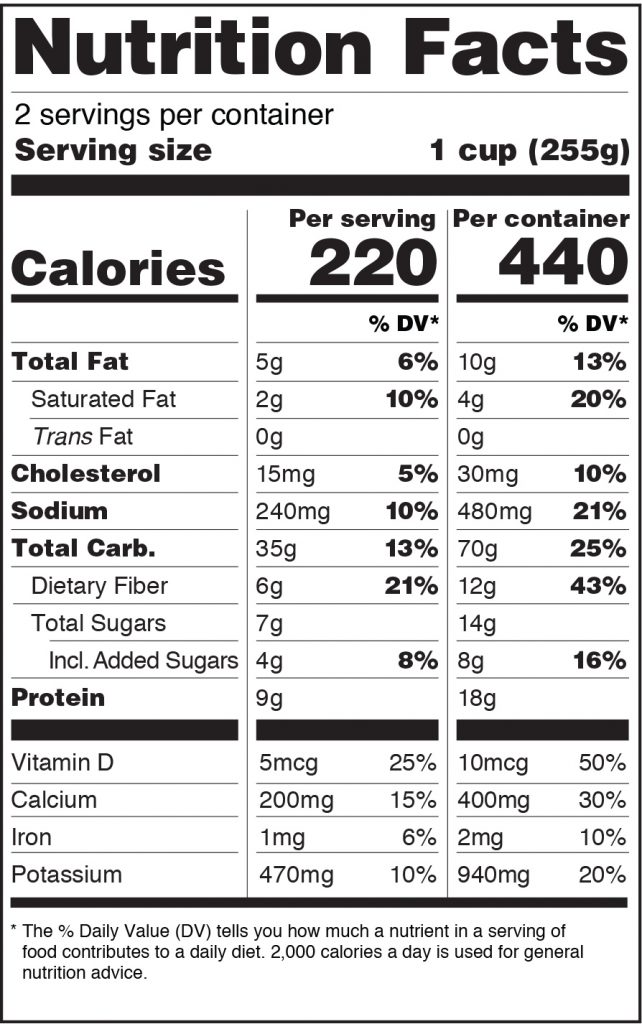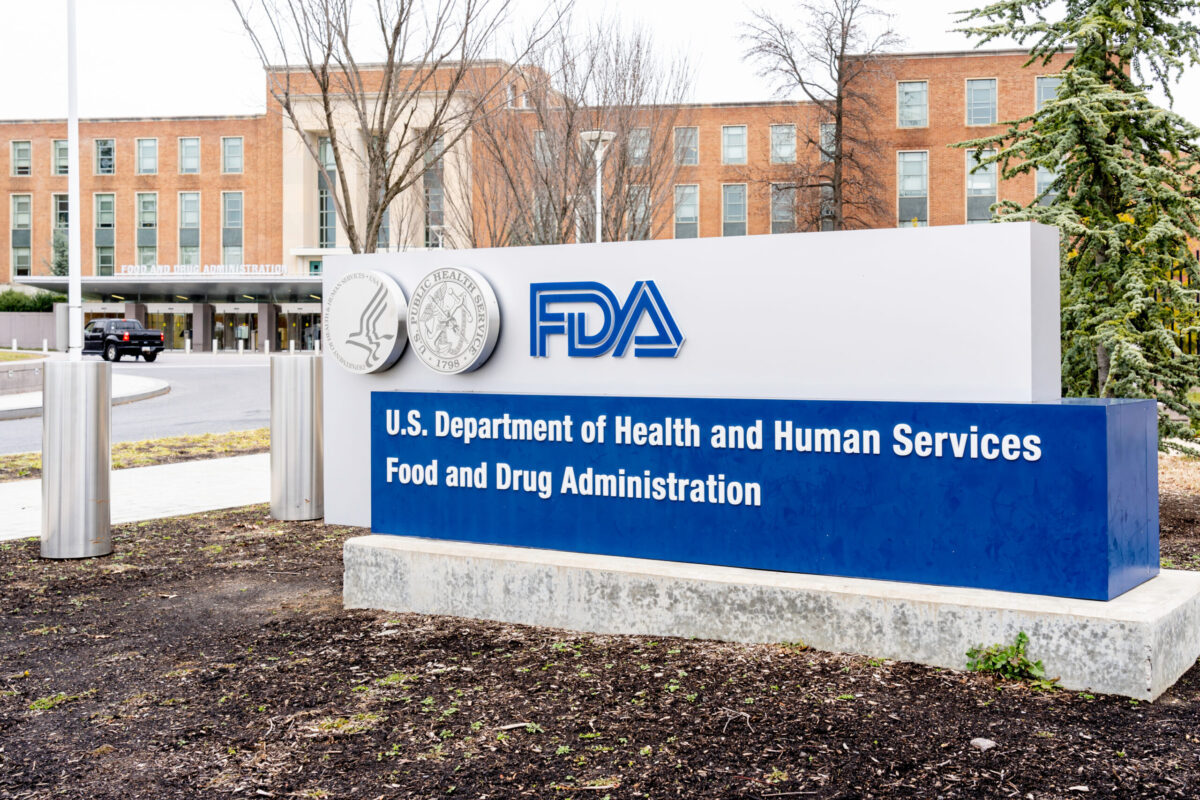In response to the US Food and Drug Administration’s (FDA) efforts to update the Nutrition Facts label on processed food, the American Heart Association has given its recommendation on daily sugar intake. According to the authority, children between the ages of two and 18 should consume no more than 25 grams per day.
High consumption of sugar during childhood has been associated with health problems, including an increased risk of obesity, heart disease and high blood pressure. The FDA recently announced they will be requiring manufacturers to list added sugars on their Nutrition Facts label so that consumers will be better able to control their sugar intake.
“Children who eat foods loaded with added sugars tend to eat fewer healthy foods, such as fruits, vegetables, whole grains and low-fat dairy products that are good for their heart health,” said Dr. Miriam Vos, associate professor of pediatrics at the Emory State University School of Medicine in Atlanta. “There has been a lack of clarity and consensus regarding how much added sugar is considered safe for children, so sugars remain a commonly added ingredient in foods and drinks, and overall consumption by children remains high: the typical American child consumes about triple the recommended amount of added sugars.”
A panel of experts performed a thorough review of the scientific literature on the effects of overconsumption of sugar on childhood health and development in order to reach their recommended daily amount. The panel concluded that along with limiting the amount of added sugars consumed by children over two, parents should not include those foods in the diet of children under 24 months.
As children under the age of two require much fewer calories compared to older children and adults, there is no room in their diet for foods that don’t provide nutritional benefits. Limiting sugars from an early age may also help children develop a taste for healthier foods, thereby helping them to make better food choices later in life.
“This guidance builds on several notable developments that demonstrate an encouraging national commitment to healthy eating,” said Dr. Risa Lavizzo-Mourey, president and chief executive officer of the Robert Wood Johnson Foundation. “Over the past several years, schools across the country have made significant strides in eliminating sugary beverages and foods from cafeterias and vending machines and replacing them with healthier options.”
The FDA finalized their new rules for Nutrition Facts labels in May of this year. Companies with annual revenues over $10 million will be required to list added sugars on their food labels as early as 2018.
“Looking ahead, the updated Nutrition Facts Panel that will require food and beverage companies to clearly indicate the amount of added sugars on packaged items — along with national menu labeling rules covering chain restaurants and grocery stores — is poised to help parents and consumers make healthy choices,” said Lavizzo-Mourey. “We urge industry leaders to build on these efforts by following this guidance closely as they develop, reformulate, and market foods and beverages intended for children.”












Join or login to leave a comment
JOIN LOGIN